Responding to emerging employee needs in the new working world
Cutting-edge service delivery technology can prove to be powerful solutions as firms seek to re-engage, reassure and re-energize their employees in the new working world.
New research unpacks what people really want at work now:
ServiceNow surveyed 3,000 employees at large European firms for their new report, The 2021 Employee Experience Imperative.
Findings show people leaders need to find and implement innovative ways to connect with and support employees.
How can HR service delivery technology help achieve this in 2021?
If COVID-19 has caused chaos for business, its effects on workforces around the world cannot be overstated.
As employees get used to their new working worlds, detached from their managers and colleagues, they’re understandably anxious about what the future holds for their own roles and the wider organizations they’re part of.
For a new report – The 2021 Employee Experience Imperative – ServiceNow surveyed 3,000 employees at large firms across Europe. We discovered three emerging challenges facing leaders and their teams:
- Just 51% of employees believe their organization is sufficiently helping them manage stress caused by a switch to remote working.
- 64% would prefer hybrid working compared to permanent remote work – throwing the focus squarely on digital employee experiences that make the grade.
- 60% agree the pandemic will continue to affect the way they work for some years to come, further strengthening the need for agile and supportive experiences.
It’s clear that if productivity and staff satisfaction are to flourish in this new landscape, people leaders need to find and implement innovative ways to connect with and support employees.
Ongoing concerns: Employee expectations
Delving deeper into the findings, it’s clear a ‘new deal’ – the employee-employer relationship that will determine staff engagement, retention and loyalty – is front of mind for the workforce.
Among their demands will be a focus on combatting the causes of post-pandemic stress, which include remote working burnout and the difficulty some will have in remaining productive while carrying out their job in effective isolation.
They will also place greater demands on employers. As political leaders call for a return to the office when the virus allows, employees will need to know workplaces are safe. In the meantime, they expect a combination of HR expertise and cutting-edge tech to deliver a great experience – from boosting collaboration to dealing with the complexities of key moments such as on-boarding and appraisals.
In fact, because the majority now believe they’ll work remotely for at least some of the time, the digital experience can legitimately be viewed as the new workplace.
Resilient response to the new working world: Confident and satisfied staff
To avoid burnout, productivity tools must be in place.
The key to employers meeting these demands is an investment in – and successful implementation of – HR systems and tools that bolster people management.
Communication is a chief consideration. Research shows that happy employees are 20% more productive than their unhappy counterparts. Providing channels they can use to find and consume company information instantly, which also allow them to feedback in real-time, is a must.
To avoid burnout, productivity tools must be in place. This should include the facility for employees to set their own hours, notifying colleagues when they are justifiably unavailable. Staff should also be able to express concerns about their welfare, while a system for assigning and tracking tasks across teams is crucial.
Nor should organizations underestimate safety as a primary concern of employees. As they return to the workplace, individuals can be reassured by apps that confirm measures – such as limits on people on-premise and “safety status” of destinations – are being taken daily to reduce personal risk and exposure to COVID-19.
As the focal point for all of these aspects of working life, HR departments are under more pressure than ever to provide efficient and effective services that create comfort, continuity, and confidence for employees everywhere.
Harnessing HR technology to build better experiences
With agile service delivery required as a response to the pandemic, C-suites have been scrutinizing their HR set-ups. ServiceNow enlisted Forrester to help leadership understand and evaluate the potential financial impact of HR Service Delivery (HRSD) on their organizations. The study delivered some fascinating insights.
Before using HRSD tools, organizations described having multiple, unconnected point solutions for handling employee services, such as benefits platforms, payroll solutions, policy portals and applicant tracking systems. These limitations led to frequent employee inquiries, impacting the productivity of HR teams.
But after deploying HRSD tools, companies were able to quickly integrate service solutions into one unified platform, work on complex employee requests, and continuously improve employee experiences.
It became clear that expansion of HR services and improved agility in addressing employee needs produced time savings for HR, but also IT – and organizations as a whole. Employees became more empowered to use self-serve technology for requests, while HR professionals could spend more time working toward improving the service experience. Thousands of admin hours and millions of dollars in labor costs can be saved as a result.
HR professionals’ expertise and cutting-edge service delivery technology can prove to be powerful solutions as firms seek to re-engage, reassure and re-energize their employees. In combination, they will be the provider of agile services, driver of productivity, and bedrock of brilliant employee experience fit for a brave new working world.
ServiceNow provides the tools you need to workflow these experiences — accommodating the needs of remote, worksite, and field workers and delivering engaging, empowering experiences that drive productivity, collaboration, resilience, and innovation. Learn more here.
Sign up to the UNLEASH Newsletter
Get the Editor’s picks of the week delivered straight to your inbox!

Head of UNLEASH Labs
Abigail is dedicated to connecting HR buyers with the technology and tools they need to succeed.
